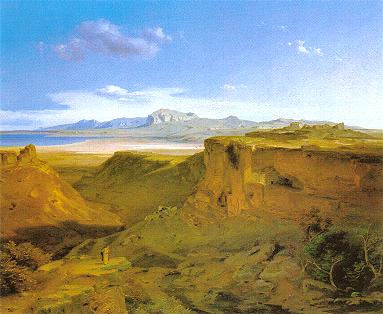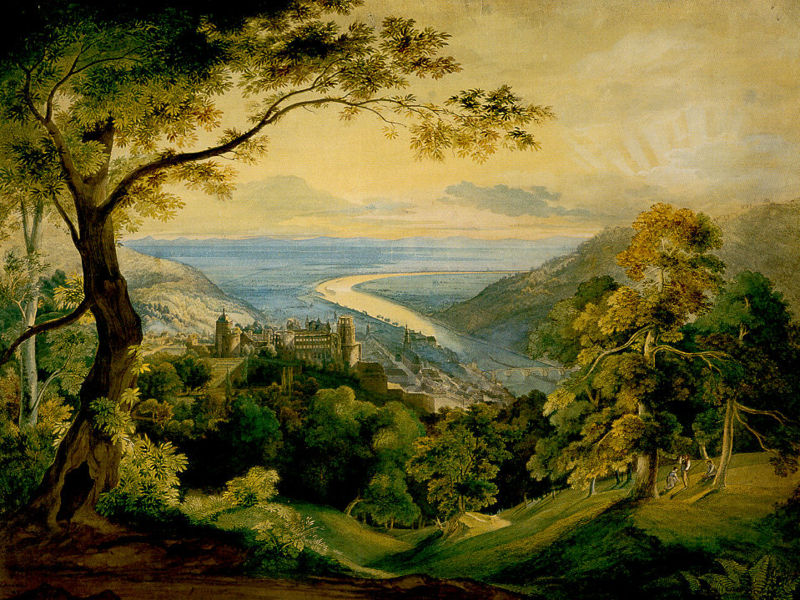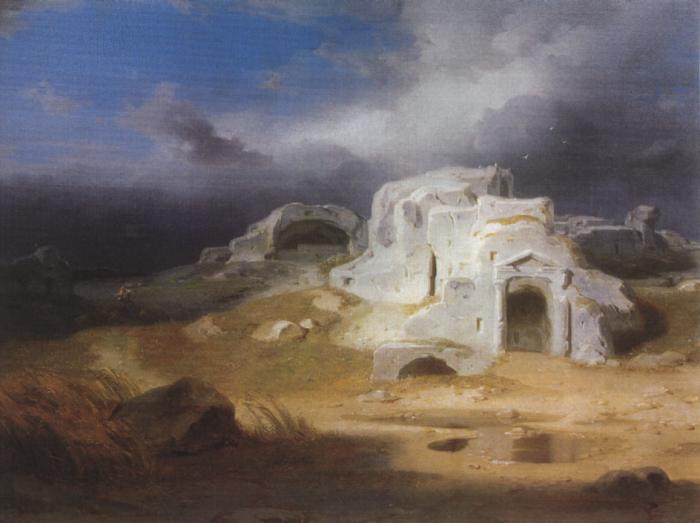Carl Rottmann (1797-1850)
Get a Rottmann Certificate of Authenticity for your painting (COA) for your Rottmann drawing.
For all your Rottmann artworks you need a Certificate of Authenticity (COA) in order to sell, to insure or to donate for a tax deduction.
Getting a Rottmann Certificate of Authenticity (COA) is easy. Just send us photos and dimensions and tell us what you know about the origin or history of your Rottmann painting or drawing.
If you want to sell your Rottmann painting or drawing use our selling services. We offer Rottmann selling help, selling advice, private treaty sales and full brokerage.
We have been authenticating Rottmann and issuing certificates of authenticity since 2002. We are recognized Rottmann experts and Rottmann certified appraisers. We issue COAs and appraisals for all Rottmann artworks.
Our Rottmann paintings and drawings authentications are accepted and respected worldwide.
Each COA is backed by in-depth research and analysis authentication reports.
The Rottmann certificates of authenticity we issue are based on solid, reliable and fully referenced art investigations, authentication research, analytical work and forensic studies.
We are available to examine your Rottmann painting or drawing anywhere in the world.
You will generally receive your certificates of authenticity and authentication report within two weeks. Some complicated cases with difficult to research Rottmann paintings or drawings take longer.
Our clients include Rottmann collectors, investors, tax authorities, insurance adjusters, appraisers, valuers, auctioneers, Federal agencies and many law firms.
We perform Carl Rottmann art authentication, appraisal, certificates of authenticity (COA), analysis, research, scientific tests, full art authentications. We will help you sell your Carl Rottmann or we will sell it for you.

Carl Rottmann was a German landscape painter and the most famous member of the Rottmann family of painters. Rottmann belonged to the circle of artists around the Ludwig I of Bavaria, who commissioned large landscape paintings exclusively from him. He is best known for mythical and heroising landscapes.

Rottmann was born in Handschuhsheim (today a part of Heidelberg) on January 11, 1797. There he received his first drawing lessons from his father, Friedrich Rottmann, who taught drawing at the university in Heidelberg. In his first artistic period he painted atmospheric phenomena. In 1821 he moved to Munich, where his second period began, and in 1824 he married Friedericke, the daughter of his uncle, Friedrich Ludwig von Sckell, who served as an attendant at court.

This connection cleared the way for an acquaintance with King Ludwig, who in 1826/27 sponsored his travels in Italy in order to widen his repertoire, which up to that point consisted solely of domestic, German, landscapes. Upon his return he received from King Ludwig I a commission for a monumental cycle of Italian landscapes in the arcade of the Munich Hofgarten. The cycle, completed in 1833 in fresco, gave visual expression to Ludwig’s alliance with Italy, and raised the genre of landscape painting to the height of history painting, the preferred mode of the King’s other great commissions for monumental painting.

In 1834 Rottmann received from the king a commission for a second cycle, this time dedicated to the landscape of Greece; one might mark here the beginning of his third period. At first also intended for the Hofgarten arcade, the 23 great landscapes were eventually installed in the newly-built Neue Pinakothek, where they were given their own hall. Carl Rottmann died on July 7, 1850 in Munich, aged 53 of undisclosed causes. Still wondering about a 19th century German painting in your family collection? Contact us…it could be by Carl Rottmann.
Reviews
1,217 global ratings
5 Star
4 Star
3 Star
2 Star
1 Star
Your evaluation is very important to us. Thank you.
